Click on the sections below to explore and learn more about the Design Technology curriculum at Sacred Heart.
Sacred Heart’s curriculum is closely designed around our school’s mission and value statements and to support the development and needs of the pupil’s and families we serve. Our curriculum is designed to allow children to endeavour, enrich and enjoy their learning.
Design and Technology prepares children to take part in the development of today’s rapidly changing world. The subject encourages children to become independent and creative problemsolvers, both as individuals and as part of a team. It enables them to identify needs and opportunities and to respond by developing ideas and eventually making and evaluating products. Through the study of Design and Technology they combine practical skills with an understanding of aesthetic, social and environmental issues, as well as functions and industrial practices. This allows them to reflect on and evaluate present and past Design and Technology, its uses and its impacts. Design and Technology helps all children to become discriminating and informed consumers and potential innovators.
As those who built the tabernacle were filled with skill to do all kinds of work as engravers, designers, embroiders in blue, purple and scarlet yarn and fine linen and weavers so, our God has created our pupils to be skilled workers and designers.
Topics have been carefully considered by senior leaders to not only follow the National Curriculum but to ensure Design & Technology is taught in a holistic, engaging and coherent way.
Our Design Technology Subject Leader is Mrs Price.
Additional Information
The ‘Every Lesson Should’ Rainbow document outlines the core DT concepts as a foundation for any lesson. From this, DT knowledge and skills have been mapped out in the Rainbow Skills document ensuring that learning is sequential and progressive for all year groups. The Rainbow Skills document informs a Medium Term Plan that places emphasis on prior learning, key vocabulary, misconceptions and cross-curricular links. This encourages ‘sticky learning’. Teachers are able to then plan a series of high quality lessons for all learners.
DT vocabulary is mapped out according to each year group with substantive concepts carefully chosen according to topics taught. Pupils develop their understanding of these through planned, repeated encounters with these concepts through a range of contexts.
Long Term Planning ensures spaced-out encounters with a wide range design activities/ Progressive Year Group end-points are described in detail within the Rainbow Skills Progression . This builds from EYFS to the end of Year 6 and is informed by EYFS Development Matters 2022 and the National Curriculum. In completing all activities, children use a progressive DT vocabulary. Medium Term Planning ensures that prior knowledge and skills are reviewed and then built upon each year. Within lesson success criteria, knowledge (I know) is addressed before skill (I can). As a result of all of the above, the curriculum gradually builds proficiency. A progressive knowledge base is also underpinned by the school’s use of the Kapow DT scheme and resources.
The principal aim is to develop children’s knowledge, skills and understanding in design and technology. Teachers ensure that the children apply their knowledge and understanding when developing ideas, planning and making products and then evaluating them. We do this through a mixture of whole-class teaching and individual/group activities. Within lessons, we give children the opportunity both to work on their own and to collaborate with others, listening to other children’s ideas and treating these with respect. Children critically evaluate existing products, their own work and that of others. They have the opportunity to use a wide range of materials and resources, including ICT.
In EYFS we relate the development of the children’s Learning to the objectives set out in Development Matters 2021. We encourage and plan for the development of skills, knowledge and understanding that help children make sense of their world and be creative. These early experiences include asking questions about how things work, investigating and using a variety of construction kits, materials, tools and products, developing making skills and handling appropriate tools and construction material safely and with increasing control. This learning forms the foundations for later work in Design and Technology
Assessment for Learning and end of unit summative assessment tasks allow teachers to make reliable assessments of pupils throughout the year. In this way, pupils’ progress is measured robustly.
DT is monitored throughout the academic year by the subject leader to ensure all children have access to the Dawn Curriculum. The impact of the curriculum is monitored through lesson observations, pupils voice, assessment outcomes and progression, planning, work in books as well as classroom displays and discussions with teaching staff. These are used to inform the quality of learning and understanding that pupils have gained.
Children’s progress and attainment in Design & Technology is assessed at the end of each topic and recorded on Target Tracker. The child’s progress and attainment is then reported to parents through the pupil’s annual report.


